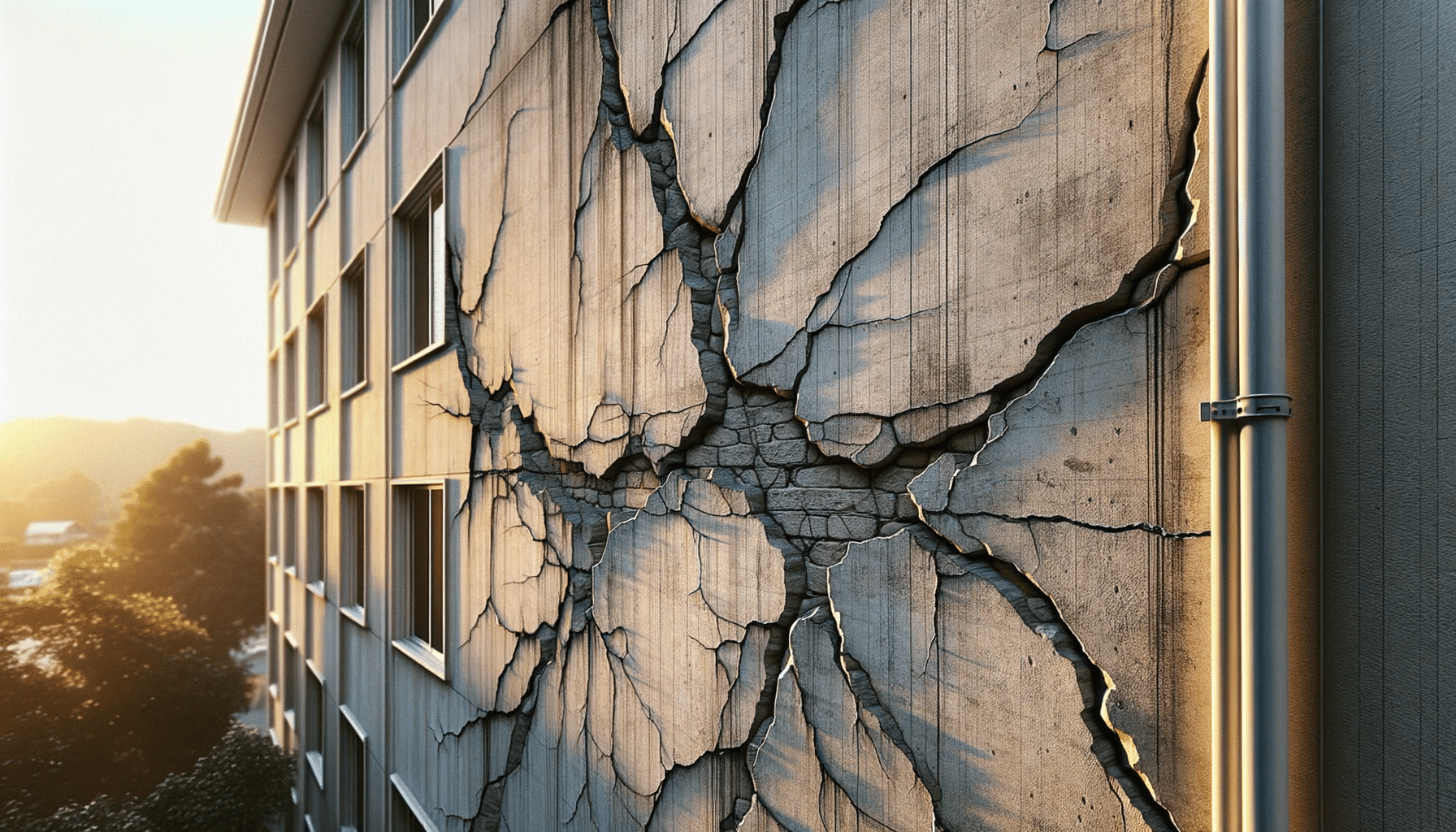
Crack repair
Introduction to Crack Repair
Crack repair is an essential aspect of maintaining the integrity and aesthetics of various structures, from residential homes to commercial buildings. Over time, cracks can appear in concrete, masonry, and other materials due to factors like weather changes, structural movements, and material fatigue. Addressing these cracks promptly not only enhances the longevity of the structure but also prevents costly repairs down the line. This article delves into the nuances of crack repair, offering valuable insights for homeowners and professionals alike.
Understanding the Causes of Cracks
Cracks can emerge for a multitude of reasons, each with its own implications for repair strategies. Common causes include:
- Thermal Expansion and Contraction: Temperature fluctuations cause materials to expand and contract, leading to stress fractures.
- Structural Load: Additional weight or pressure can cause stress in materials, resulting in cracks.
- Moisture Intrusion: Water can seep into materials, freezing, and expanding, leading to cracking.
- Foundation Settling: As the ground beneath a structure settles, it can cause cracks to form on walls and floors.
Identifying the root cause is crucial in determining the appropriate repair method, ensuring that the solution addresses the underlying issue rather than just the symptoms.
Types of Cracks and Their Implications
Cracks can vary in size, direction, and severity, each type requiring different repair approaches. Here are some common types:
- Hairline Cracks: These are minor and often a cosmetic concern, typically resulting from initial settling or minor temperature changes.
- Vertical Cracks: Often indicative of foundational settling, these require more thorough investigation and possibly structural reinforcement.
- Horizontal Cracks: These can signify serious structural issues, such as bowing walls, and may require extensive repair work.
- Diagonal Cracks: These may indicate differential settlement, where one part of the foundation settles more than another.
Understanding the type of crack is essential for choosing the right repair method and preventing further damage.
Methods for Crack Repair
The method chosen for crack repair depends largely on the type and cause of the crack. Common repair techniques include:
- Epoxy Injection: Ideal for structural cracks, epoxy injection involves filling the crack with a strong adhesive to restore integrity.
- Polyurethane Foam Injection: Used for waterproofing, this method involves injecting foam that expands to fill the crack and block water.
- Stitching: This involves embedding metal staples across the crack to hold it together and prevent further widening.
- Routing and Sealing: This method involves opening up the crack into a groove and filling it with a flexible sealant, suitable for non-structural cracks.
Each method has its strengths and is best suited for specific situations, making it crucial to assess the crack properly before proceeding with repairs.
Preventative Measures to Avoid Future Cracks
Preventing cracks from occurring in the first place is often more cost-effective than repairing them. Here are some strategies:
- Regular Maintenance: Routine inspections and maintenance can catch potential issues early before they develop into serious cracks.
- Proper Drainage: Ensuring water is directed away from structures can prevent moisture-related cracks.
- Quality Materials: Using high-quality materials during construction can reduce the likelihood of cracking due to material fatigue.
- Temperature Control: Implementing measures to control temperature changes can minimize thermal stress on materials.
By incorporating these preventative measures, property owners can significantly reduce the risk of cracks and the need for repairs.
Conclusion: The Importance of Timely Crack Repair
Timely crack repair is essential for maintaining the safety, functionality, and appearance of any structure. Understanding the causes and types of cracks, along with the appropriate repair methods, can save property owners from extensive damage and costly repairs. By taking a proactive approach, including regular maintenance and preventative strategies, it’s possible to minimize the occurrence of cracks and extend the lifespan of buildings and other structures. Whether you’re a homeowner or a professional, staying informed about crack repair can make all the difference in preserving the value and safety of your property.


